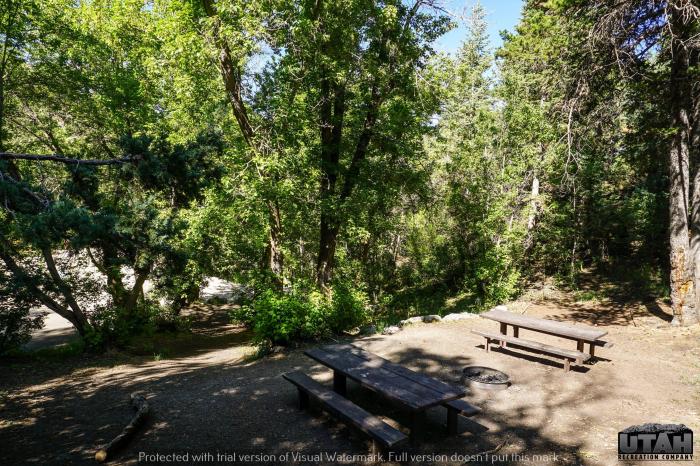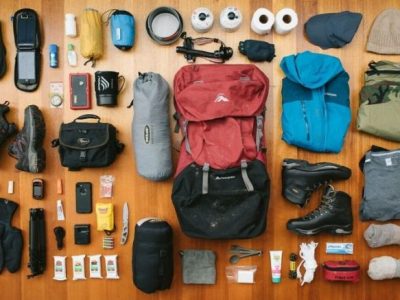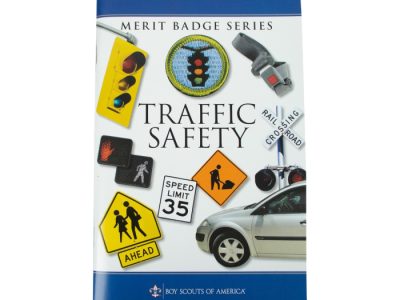Kayaking merit badge maneuvers are a set of skills that every kayaker should master. These maneuvers are essential for staying safe on the water and for navigating different water conditions. In this article, we will discuss the basic kayaking strokes and maneuvers, as well as the requirements for earning the kayaking merit badge.
The basic kayaking strokes include the forward stroke, the backward stroke, the sweep stroke, the draw stroke, and the sculling stroke. These strokes can be used to propel the kayak forward, backward, or sideways. The basic kayaking maneuvers include edging, leaning, and bracing.
These maneuvers can be used to control the kayak’s direction and to keep it from capsizing.
Kayaking Basics
Kayaking is a water sport that involves paddling a kayak, a narrow boat propelled by a double-bladed paddle. It is a popular recreational activity enjoyed by people of all ages and skill levels, and can be done in various water environments, including lakes, rivers, and oceans.
There are different types of kayaking, each with its own unique characteristics and uses. Some common types include:
- Recreational kayaking: This is the most common type of kayaking, and is suitable for beginners and casual paddlers. Recreational kayaks are typically shorter and wider than other types, providing stability and maneuverability.
- Touring kayaking: Touring kayaks are designed for longer trips and expeditions. They are typically longer and narrower than recreational kayaks, providing increased speed and efficiency.
- Whitewater kayaking: Whitewater kayaks are designed for paddling in fast-moving water and rapids. They are typically shorter and more maneuverable than other types of kayaks, allowing paddlers to navigate through challenging water conditions.
Regardless of the type of kayaking you choose, it is essential to have the proper gear and safety equipment. This includes a kayak, paddle, personal flotation device (PFD), and appropriate clothing for the water conditions.
Kayaking Strokes and Maneuvers
Kayaking strokes and maneuvers are essential techniques for controlling and navigating a kayak. These techniques allow kayakers to move efficiently through the water, maneuver in tight spaces, and respond to changing conditions.
Basic Kayaking Strokes
There are five basic kayaking strokes: forward, backward, sweep, draw, and sculling. The forward stroke is the most basic and is used to propel the kayak forward. The backward stroke is used to slow down or move the kayak backward.
The sweep stroke is used to turn the kayak to one side. The draw stroke is used to turn the kayak in the opposite direction. The sculling stroke is used to hold the kayak in place or to move it sideways.
Basic Kayaking Maneuvers
In addition to basic strokes, there are also a number of basic kayaking maneuvers that can be used to control the kayak. These maneuvers include edging, leaning, and bracing. Edging is the technique of tilting the kayak to one side to turn.
Leaning is the technique of shifting your weight to one side of the kayak to turn. Bracing is the technique of using your paddle to stabilize the kayak and prevent it from capsizing.Mastering these basic strokes and maneuvers is essential for safe and efficient kayaking.
With practice, kayakers can develop the skills necessary to navigate a kayak in a variety of conditions.
Kayaking in Different Water Conditions

Kayaking can be enjoyed in various water conditions, each presenting unique challenges and requiring specific skills. Understanding these conditions and how to navigate them safely is crucial for kayakers of all levels.
Calm Water
Calm water is ideal for beginners and recreational kayakers. It offers a stable environment to practice basic strokes and maneuvers. However, even calm water can have hidden currents or obstacles, so it’s essential to remain alert and avoid complacency.
Waves
Kayaking in waves requires more skill and experience. Waves can destabilize the kayak and make it challenging to maintain control. Learning proper paddling techniques, such as bracing and edging, is essential for navigating waves safely. Kayakers should also be aware of their surroundings and avoid waves that are too large or breaking close to shore.
Currents
Currents can significantly affect the speed and direction of a kayak. Understanding how to read currents and use them to your advantage is crucial for efficient paddling. Kayakers should be aware of the strength and direction of currents and adjust their paddling accordingly.
In strong currents, it’s important to paddle at an angle to the current to maintain control.
Kayaking Safety

Kayaking is a great way to enjoy the outdoors, but it’s important to be aware of the risks involved. Kayaking safety is paramount, and kayakers should take steps to avoid hazards and be prepared for emergencies.
Common Kayaking Hazards
Some of the most common kayaking hazards include:
- Capsizing:This is when your kayak flips over, and you end up in the water.
- Hypothermia:This is when your body temperature drops too low, and you can lose consciousness or even die.
- Drowning:This is when you inhale water into your lungs, and you can drown.
How to Avoid Kayaking Hazards
There are a number of things you can do to avoid kayaking hazards, including:
- Wear a life jacket:This is the most important safety precaution you can take. A life jacket will help you stay afloat if you capsize.
- Dress appropriately:Wear clothing that will keep you warm and dry, even if you fall in the water.
- Paddle with a buddy:Never go kayaking alone. If you do capsize, your buddy can help you get back in your kayak or call for help.
- Be aware of your surroundings:Pay attention to the weather and water conditions, and be aware of any potential hazards, such as rocks, logs, or other boats.
- Take a kayaking safety course:This is a great way to learn the basics of kayaking safety and how to avoid hazards.
What to Do if You Capsize
If you do capsize, the most important thing to do is to stay calm. Don’t panic, and don’t try to swim to shore. Instead, follow these steps:
- Stay with your kayak:Your kayak is your best chance of getting back to shore safely. Don’t let go of it.
- Flip your kayak back over:If your kayak is upside down, you can flip it back over by grabbing the grab loops on the side of the kayak and pulling yourself up.
- Get back in your kayak:Once your kayak is flipped over, get back in and start paddling back to shore.
- If you can’t get back in your kayak:If you can’t get back in your kayak, swim to shore and call for help.
Kayaking can be a great way to enjoy the outdoors, but it’s important to be aware of the risks involved. By taking the proper precautions, you can help ensure that you have a safe and enjoyable kayaking experience.
Kayaking Etiquette

Kayaking etiquette is a set of rules and guidelines that kayakers should follow to ensure the safety and enjoyment of all on the water. These rules cover everything from how to interact with other kayakers to how to respect the environment.
Respecting Other Kayakers
- Always yield to kayakers who are downstream of you.
- Never cut in front of another kayaker.
- Be aware of your surroundings and try not to disturb other kayakers.
- If you are paddling in a group, stay together and don’t spread out across the river.
Respecting the Environment, Kayaking merit badge maneuvers
- Stay on designated trails and avoid disturbing wildlife.
- Pack out everything you pack in.
- Respect private property and don’t trespass.
- Be aware of your impact on the environment and try to minimize your footprint.
Kayaking Merit Badge

The Kayaking Merit Badge is awarded to Boy Scouts who demonstrate proficiency in kayaking skills and knowledge. To earn the badge, Scouts must complete the following requirements:
- Successfully complete the BSA Swimmer Classification Test.
- Plan a kayaking trip, including selecting a destination, obtaining necessary permits, and packing appropriate gear.
- Demonstrate safe kayaking practices, including proper boat handling, paddling techniques, and capsize recovery.
- Identify and assess kayaking hazards, including weather conditions, water obstacles, and wildlife.
- Describe the principles of kayaking safety, including emergency procedures and first aid.
- Demonstrate respect for the environment and other kayakers while on the water.
Skills and Knowledge Checklist
To earn the Kayaking Merit Badge, Scouts must demonstrate the following skills and knowledge:
- Basic paddling strokes, including forward, backward, and turning.
- Capsize recovery techniques, including wet exits and re-entries.
- Knot tying, including bowlines, clove hitches, and figure eights.
- Basic kayaking terminology and equipment.
- Kayaking safety regulations and etiquette.
- Environmental concerns related to kayaking.
Final Wrap-Up: Kayaking Merit Badge Maneuvers
Earning the kayaking merit badge is a great way to demonstrate your kayaking skills and knowledge. The requirements for earning the badge include demonstrating proficiency in the basic kayaking strokes and maneuvers, as well as completing a kayaking trip. If you are interested in earning the kayaking merit badge, be sure to talk to your local Scout leader.
Essential FAQs
What are the requirements for earning the kayaking merit badge?
The requirements for earning the kayaking merit badge include demonstrating proficiency in the basic kayaking strokes and maneuvers, as well as completing a kayaking trip.
What are the basic kayaking strokes?
The basic kayaking strokes include the forward stroke, the backward stroke, the sweep stroke, the draw stroke, and the sculling stroke.
What are the basic kayaking maneuvers?
The basic kayaking maneuvers include edging, leaning, and bracing.




